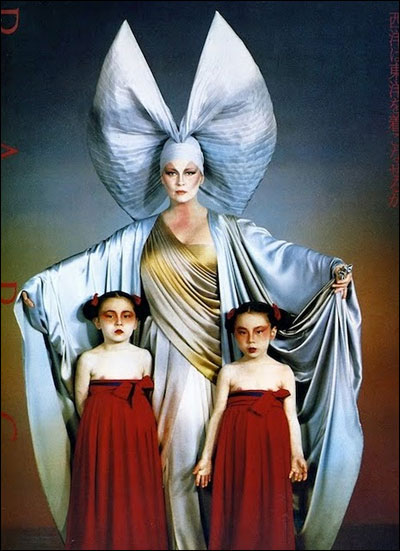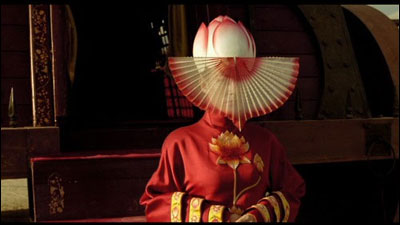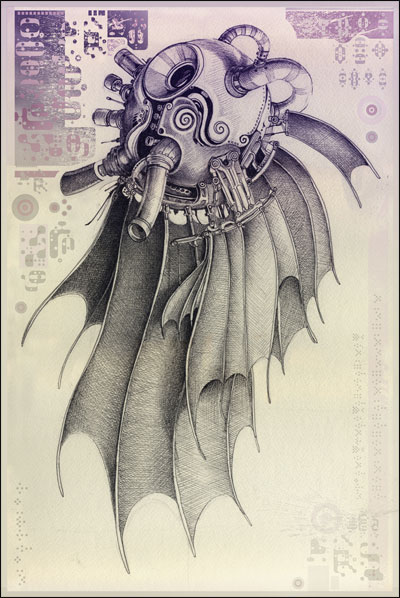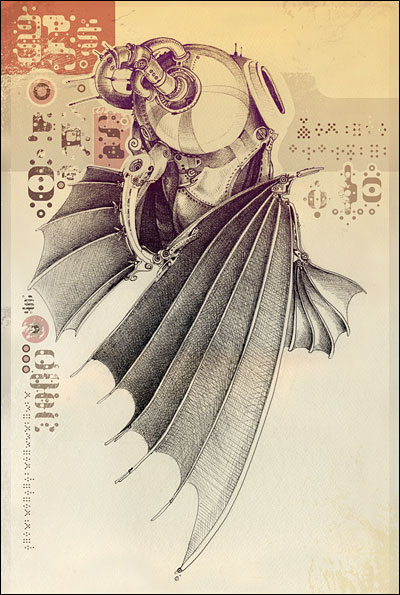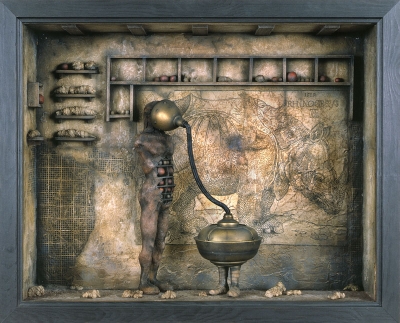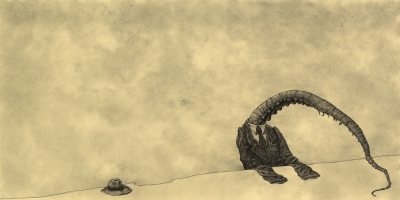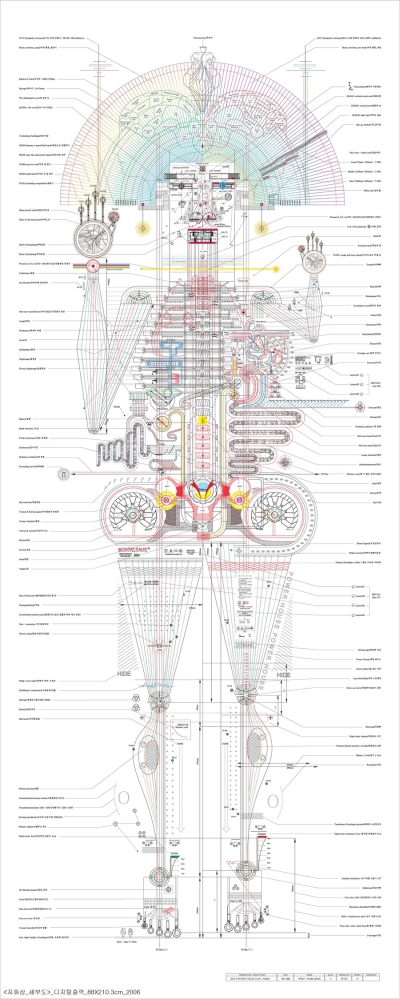“Pony” by Tim Lewis, and the Kinetica Art Fair
This is “Pony”, a motion-sensitive kinetic sculpture by Tim Lewis. Unsettling and beautiful:
“Tim Lewis combines mechanical devices and sculpture to investigate, test and experiment with his own doubts and perception of the world.” (via)
Lewis, recently interviewed about his work by Dazed Digital, makes a compelling statement about the power inherent in tangibility:
I think that when you first approach a piece of art, and you imagine it and draw it, there’s a sense that it will always remain somewhat in your imagination. Its only when you take the 2D object and re-work it into the physical 3D world that it becomes somewhat more real. It no longer just exists in your eyes and mind, but instead has to react with the floors and walls around it in the physical world. For me, kinetic art highlights the importance of bringing both inventions and imagination into a physical existence.
Lewis’ work is regularly exhibited and promoted by the folks who run the Kinetica Museum and related events in Spitalfields, London. Their annual Kinetica Art Fair is coming up in February. As it has for the past several years, the Fair will bring together “galleries, art organisations and curatorial groups from around the world who focus on universal concepts and evolutionary processes though the convergence of kinetic, electronic, robotic, sound, light, time-based and multi-disciplinary new media art, science and technology.”
Are any of our UK readers going? Please do report back! It sounds amazing.

Via Tertiary, thanks!


